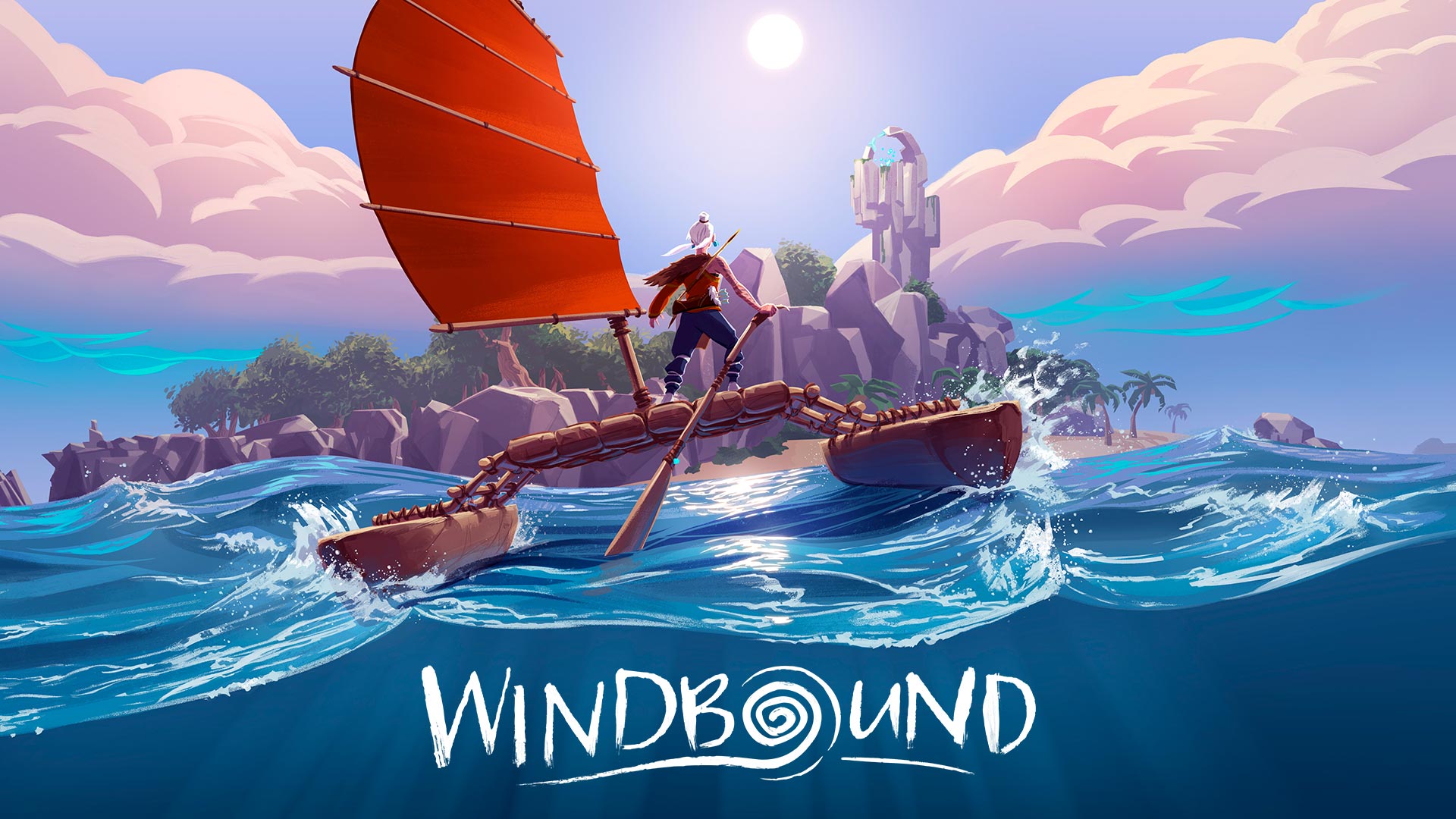Windbound
Nintendo Switch
Developed By : 5 Lives Studios
Published By : Koch Media
Category : Adventure, Action
Release Date : August 28, 2020
I’m probably not the only person who’s a little burned out by roguelikes and roguelites by now. Sure, there are still decent games being made that fall under these subgenres, but many others feel artificially padded out by permadeath, or lack the content needed to make multiple runs interesting. Windbound has both of those problems, coming across as a game that wasn’t initially intended to be a roguelite.
As a roguelite, Windbound’s story is kept to a minimum, mostly limited to short scenes between chapters. Protagonist Kara is separated from her tribe, due to a giant creature that appears from the sea. Using her survival skills and knowledge of sailing, Kara must make her way through randomly generated islands to reunite with the tribe. More lore and story sections can be found by exploring certain areas and finishing chapters, but there isn’t much here overall despite the cinematic opening.
Starting out on the first island, you’re given a swift tutorial on the game’s basics. Grass is the most important resource to gather early on, as it’s used for most crafted items. Gathering is quick, which is nice considering how much of it you’ll be doing during Windbound. Acquiring a material for the first time will unlock new crafting blueprints, so you’ll usually know what items can be made later on.
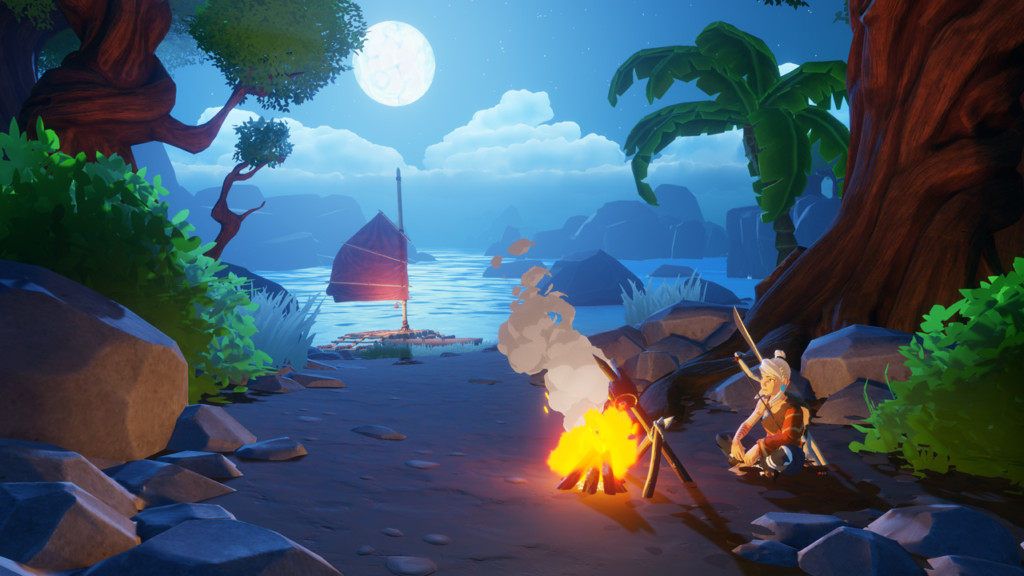
The items you can craft generally fall into two categories: items that Kara uses directly, and parts for boats. For Kara, some of the things you’ll be making include bags to increase the meagre starting inventory, better weapons to fight large enemies, and armour to help with survivability. Crafting is an incredibly simple process, and there’s usually more than enough resources to make what you need.
Boats are where crafting becomes somewhat more interesting. The starting boat that can be created is bare-bones, being controlled by Kara’s oar. As you gather new items, more parts can be crafted for boats, starting with a sail. Initially the sail seems like a downgrade, as you can no longer control the boat directly and must rely on the wind instead. Learning how to sail against the wind is a key part of using boats, though even when I had a better grasp of sailing it never felt particularly intuitive.
Combat is the third main part of Windbound, and is much weaker than the crafting and sailing mechanics. You can lock on to enemies and always have access to a basic melee attack, even if you haven’t crafted a weapon. Dodging is also possible when locked on, though it can often be better to just walk out of the way instead due to the dodge’s limited movement.
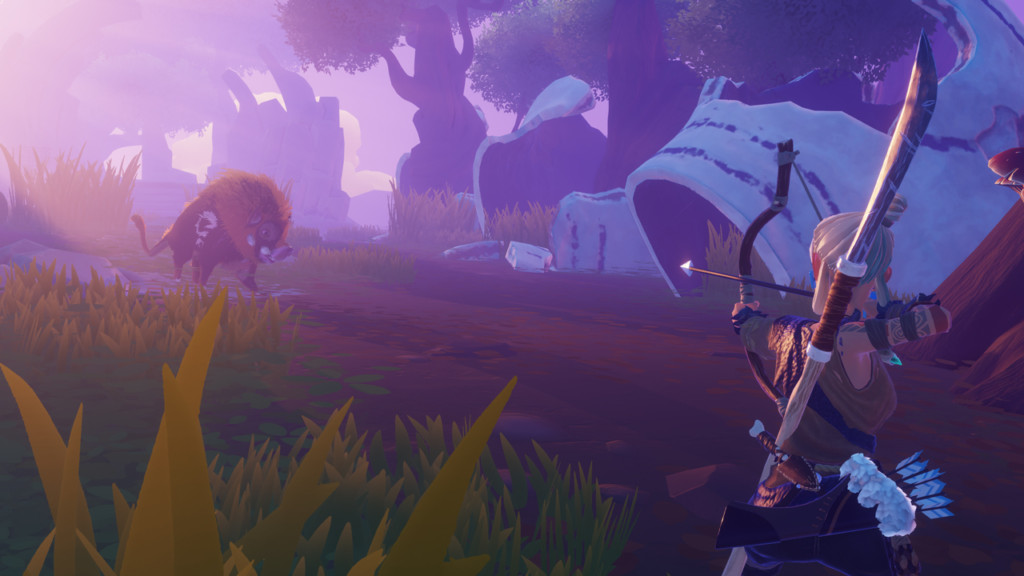
The reason why combat is so poor is mainly due to a lack of variety. Outside of some extra equipment like a sling or bow, you have access to such a limited moveset. Even the enemies you fight have only a few attacks, and there’s not even that many enemy types overall. Considering how many creatures are a good source of food, you’ll be fighting constantly, and it’s just not very interesting.
On the subject of food, Windbound’s survival elements as a whole aren’t well thought out. Kara’s hunger meter is constantly draining, which affects her maximum stamina. Food will top this meter up, while usually healing as well. The problem is the rate at which this meter drains, constantly making you eat food just so Kara has enough max stamina to sprint for more than a couple of seconds. Food is abundant throughout the islands, either from berries and mushrooms, or via enemies, so hunger is never hard to manage. Instead, it’s just something that slows gameplay down as you kill yet another boar, and then (slowly) cook its meat.
Overly simplistic survival mechanics are just one part of why the game’s roguelite structure doesn’t work. The other reason is that there just isn’t enough variety between runs to justify permadeath in the first place. On death, Kara will be returned to the first chapter (of five) with only the items in her main inventory carrying over. Aside from some permanent items, including ones that are unlocked with a currency gained as you progress, everything in your bag and ship is deleted.
In other roguelites, this would be a chance to experience new level layouts, gain new items, and learn from mistakes you made in the last run. In Windbound, there is not much variety when it comes to islands. While the islands you explore may technically be new, it’s hard to see what has really changed compared to your previous attempt. Later chapters do have a little more variety, though it’s nowhere near enough to make permadeath seem like anything more than padding.
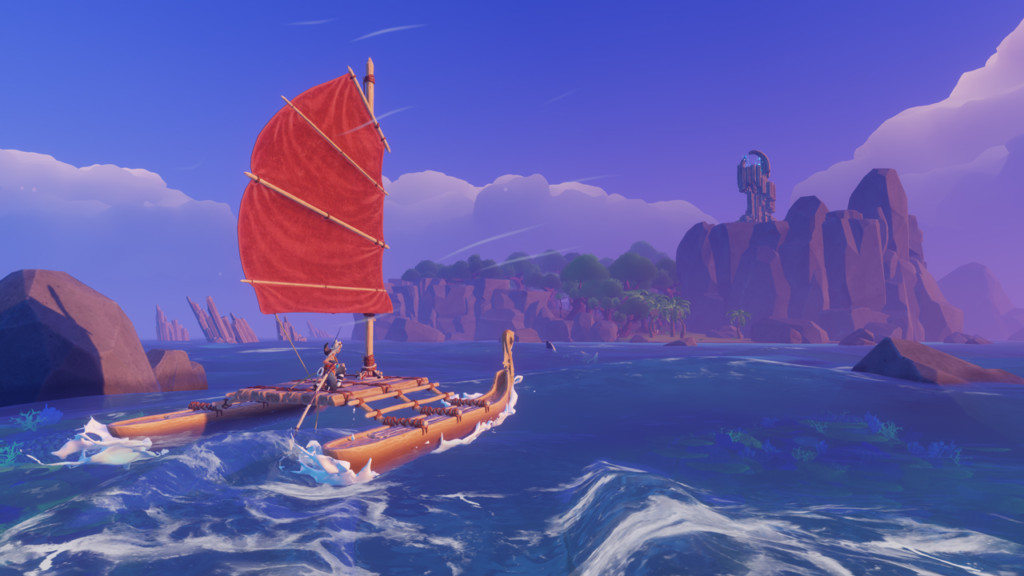
By switching the game from survival to story mode in the options, you end up with a better experience. Dying in Windbound usually only happens due to something annoying happening, like your boat breaking after grazing some coral, or the overly large hitboxes on certain enemy attacks making them awkward to dodge. Removing the penalty for dying to these at least takes away the frustration you feel as you’re made to go through identical looking islands, gathering more of the same materials again.
But, even if you were to stay in survival mode, there isn’t a whole lot of game here. Short games are fine, but roguelites are known for their wealth of content and replayability. This isn’t the case here. As mentioned, the islands you visit are just too similar feeling, and the story’s basic objective — to find three waypoints that activate a portal to the next chapter — actually give you less of a reason to explore other, less important islands.
If there’s one area of Windbound that deserves praise, it’s the quality of this Switch version. Many games that we’ve reviewed have been bad ports of games from other consoles and PC, so it was a welcome surprise to see this game run so well in handheld mode. Granted, this is likely due to how each map is split into multiple small islands, and there are noticeable graphical downgrades compared to other versions of the game. Despite this, it looks decent overall, aside from the perpetual problem of small text that many Switch games still suffer from.
There are hints at what could have been in Windbound. The story had potential but never goes anywhere meaningful, and exploration would have been more exciting in a single, handcrafted world rather than a randomly generated one. Instead, what we got was a roguelite in the loosest sense of the word, offering little replayability, or reason to even finish a single playthrough.
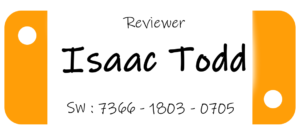
2/5





Buy Now
Windbound
$29.99
Follow 5 Lives Studios



Follow Koch Media




The Switch Effect was provided a code for this game
[Review] Hello Kitty and Friends Happiness Parade – Nintendo Switch

Developed By: Dabadu Published By: Rogue Games Categories: Rhythm Release…

